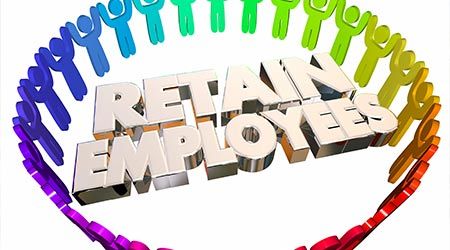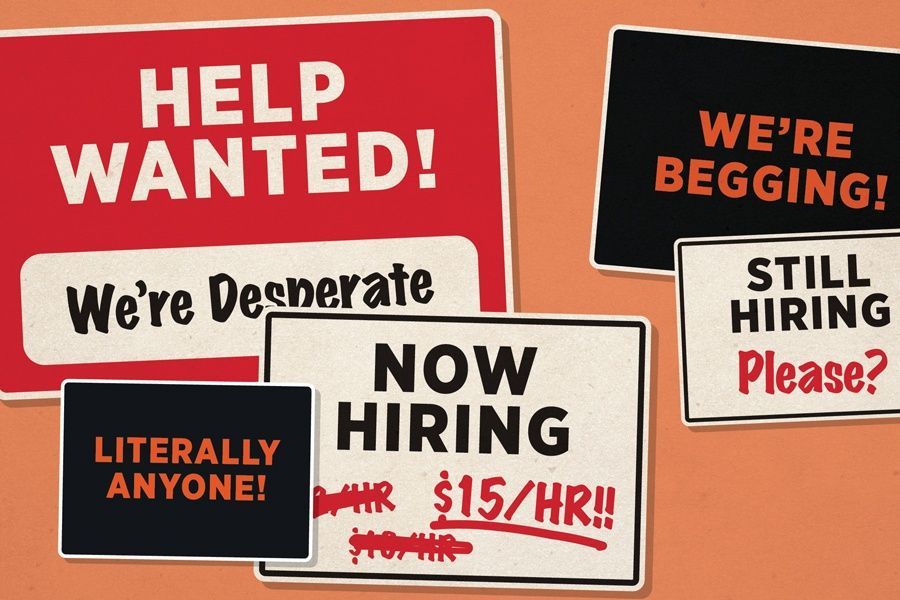| “Research shows that when people work in a positive mindset, performance on nearly every level – engagement, productivity, creativity – improves. The most effective may be engaging positively with people. In a sweeping meta-analysis of 225 academic studies, Lyubmirshy, King and Diener found that happy employees have on average 31% higher productivity and are three times more creative. People who scored highest on providing positive social support are 10 times more engaged in their jobs.” |
This is the third issue of Leading Outside the Box in which I am addressing the concept of personal responsibility as the positive alternative for managing your workforce and achieving a more successful organization.
Few organizations train their supervisory staff how to work in a positive mindset.
What that term – positive mindset – means is working with staff in a success focus, working from strengths, focusing on helping staff know what they need to do to be successful in their job, and working to help them achieve it. It’s a positive approach to working with staff without use of threats. It’s working from a employee-decision model that asks staff to make decisions about their ability and willingness to always do what is required for them to be successful in the work place.
A positive mindset starts with two beliefs:
- We hire people to do a job because we believe they are able to successfully do that job. We use the researched practices for how to best hire the right people “on the bus” and then we work with them so they do succeed.
- People want to succeed in their jobs.
If we believe we hired the righ people, and the people we hire believe they are the right person who can do the job successfully, then our job as supervisors is to focus on helping them do that – to be successful.
That is the positive mindset I quoted the research on at the start of this article.
What this means in practice is we first hire right. If your HR and staff do not know how to hire right based on research, you can get the basics in a one-day training on “How to Hire Right.”
Once you have hired right, you need to provide them the initial training on how to do the job successfully.
I will never forget when I was hired to be the social worker for group homes. The training consisted of meeting for a day with the exiting social worker, reading the state regulations governing group homes (most of which was irrelevant to my job), and reviewing some files. I was hired with the assumption that if I had a Masters in Social Work I would know how to do social work in a group home. That was absolutely false. It took me months to figure out the job. That is not training but a set up for failure. I left that job within a couple years.
When I went to outpatient mental health, my supervisor gave me the scheduling and documentation requirements and the work rules. I was set free the next day to work with a caseload of dozens of adolescents. Again no training except the technical skills. I left this job in a year and when asked back at a great salary declined the offer.
Then I was hired for a number of supervisory and administrative positions. Not once in 30 years did I receive agency-provided training to set me up to be a successful supervisor on a supervision practice model. Again the assumption was, if you did the work successfully, then you can supervise the work. Being a supervisor requires an entirely different set of skills that being a direct-service worker. Once again, that’s not a set up for success.
What we know in the field about working with clients and helping them change for the better is you must first positively engage and then keep that engagement going. We help them make the decision to change and then they act on that decision. That is what we want our staff to do with our clients; to build and sustain a positive working relationship so the client believes we are there to help them be more successful in life.
This starts with how the leaders and supervisors of organizations model that behavior with the staff they supervise. That means it is the job of the organization’s leaders and supervisors to train all new supervisors how to build and sustain positive working relationships so the staff believes we are there to help them be more successful at work.
The last two statements I hope you see use the same words…
“…build and sustain a positive working relationship.”
“…so the staff/client believes we are there to help them be more successful at work/in life.”
This is referred to in the literature as parallel practice. What the research tells us is how we, the organization’s leaders and supervisors, work with staff will determine how the staff will work with clients. If the organization tells staff they want staff to work with clients in a way contrary to how they are being worked with, the staff will always follow how they are being worked with. This is the reason almost every implementation of evidence-based practices had failed to become the practical norm. It can’t when the organizational culture norm is counter to the new practice.
[For more on Parallel, read the June 2013 issue of Leading Outside the Box available on my website listed on page 1]
How do you train organizational leaders and supervisors to work in a positive mind set?
- Adopt a model of practice and provide training that does this. Supervision for Success is the practice model I teach in 3 days.
- Train everyone from CEO/ED to first-line supervisors how to work this way; in a success-focused, positive mindset.
- Implement policies, procedures, and tools that support this approach. Get rid of policies and procedures that undermine this approach.
- Hold every organizational leader and supervisor accountable to practice this way.
Yes, organizational accountability for performance starts with the organization’s leadership defining what the practice will be for the agency. Then, teach it to everyone so they can do it and hold everyone accountable for doing it that way.
What I have found over the last 10 years is agency leaders like the idea and teach it to staff and stop. That is not how you create accountability. You have to set the infrastructure in place to support it and require it.
Using the concept of parallel practice what I see most agencies do is the initial training and not changing the organizational infrastructure to support it. They hold on to their long-standing negative approach and allow discretion to do it if you want. That is a set up for chaos and non-accountability.
And as parallel practice teaches us, if we teach staff to use a different model but work with them in a contrary model the staff will revert to the model being used.
I have recently been asked to help a number of agencies who feel there is not enough accountability for staff performance – units billed, number of clients seen, meeting deadlines, completing reports by deadlines, keeping the data system current, etc. To do training on increasing accountability, my message is to first set clear standards of practice with practice guides and behavior-based job descriptions. Then teach supervisors a supervision practice model that requires supervisors to help staff succeed in meeting those standards the way the agency wants staff to do the work.
We do a training on how to do that accountability in a way that engaged staff in a positive success focus and then we stop – the training was treated a an event – the pill that once taken fixes the problem. That is an old-school assumption that has a decade of research and experience that tells us that will not work. One-shot training is not a cure. It has to be a recovery (conversion) process and takes years if we build the recovery (conversion) support system. The organizational infrastructure that sustains and supports what we want.
Our supervisory staff need to learn, use, and model what we want to have happen for our human services clients:
“…build and sustain a positive working relationship.”
“…so the staff/client believes we are there to help them be more successful at work/in life.”
LEADING FROM OUTSIDE THE BOX is a monthly newsletter for human services leaders.
Its purpose is to challenge your thinking and help you improve organizational and outcome performance.
To receive your copy free, simply email Jeff Bormaster and ask to be added to the mailing list. Feel free to share these newsletters with other human services leaders, simply include the contact information.
You can read previous issues of Leading Outside the Box at www.jeffbormasterconsulting.com/topics











